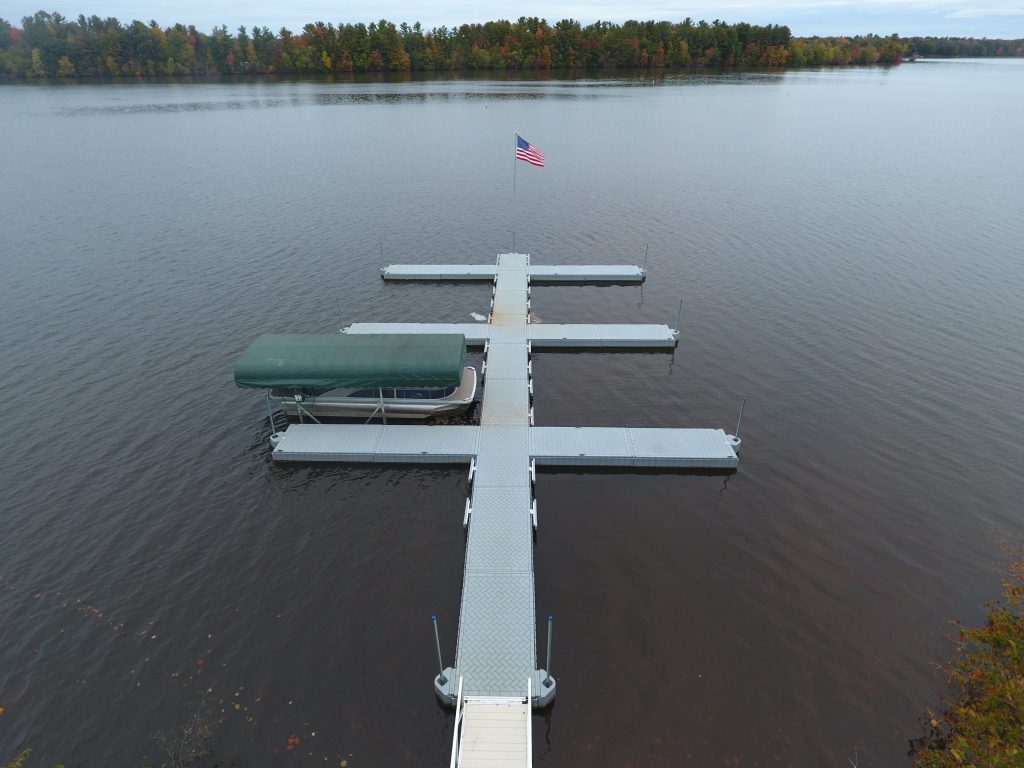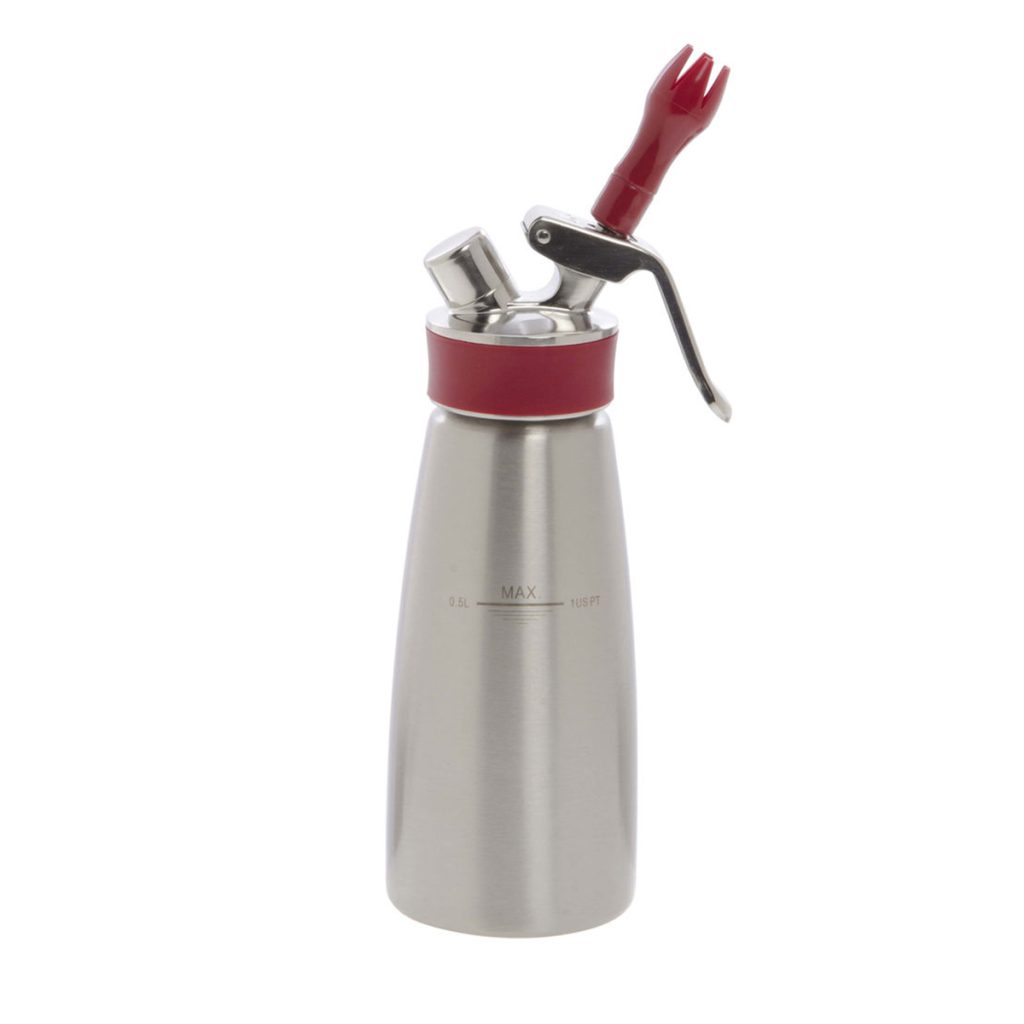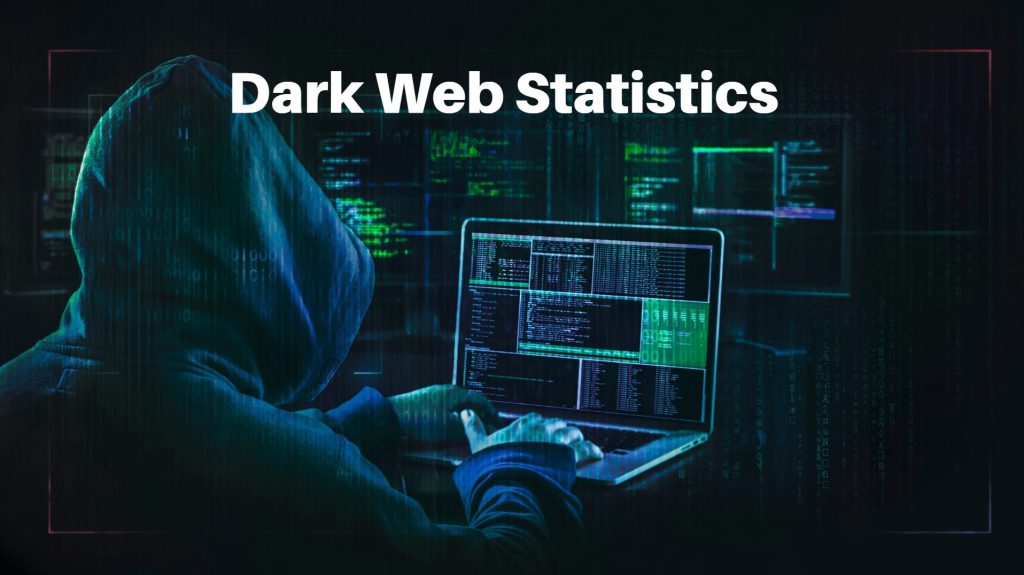Jet skiing has become one of the most popular recreational activities for water enthusiasts, offering thrills and the freedom to explore lakes, rivers, and coastal areas. However, storing and launching a jet ski can sometimes be a challenging task, especially in areas with fluctuating water levels or limited docking facilities. Modern jet ski floating docks have emerged as a game-changer in this scenario, combining innovative design, stability, and convenience to elevate the jet skiing experience. One of the primary advantages of modern floating docks is their adaptability to various water conditions. Unlike traditional fixed docks that are anchored permanently and may become inaccessible during changes in water levels, floating docks rise and fall with the water. This ensures that users can access their jet skis effortlessly, regardless of tidal changes, seasonal variations, or unexpected weather conditions. For water enthusiasts who frequent different locations, the portability of these docks makes them an ideal solution. Many models are modular and lightweight, allowing for easy transportation and installation.

Stability is another critical feature of modern jet ski floating docks. Built with durable materials such as high-density polyethylene, these docks are designed to withstand the wear and tear of regular use and exposure to harsh marine environments. Their construction often includes slip-resistant surfaces, ensuring safety when mounting or dismounting a jet ski. The buoyancy provided by the floating structure also minimizes the risk of capsizing or instability, making it easier for riders to load and unload equipment, perform maintenance, or refuel their watercraft. Convenience is at the heart of the appeal of floating docks. Many come equipped with innovative features such as built-in rollers or adjustable platforms, allowing users to effortlessly drive their jet ski floating dock for sale and secure it in place. This eliminates the need for complicated winch systems or manual lifting, which can be physically demanding. Some docks even include integrated drainage systems to prevent water accumulation, further enhancing their usability.
For enthusiasts who value efficiency, these features save time and reduce hassle, ensuring more moments on the water and less effort in preparation. Modern floating docks are also highly customizable, catering to the diverse needs of jet ski owners. Whether it is a single-user dock for personal use or a multi-slot system for families and groups, the modular designs allow for endless configurations. Additionally, floating dock manufacturer they come in various colors, finishes, and designs, enabling users to match their docks with their waterfront aesthetics. This blend of functionality and style has made floating docks a popular choice for both private users and commercial operators, such as rental businesses and water sports facilities. Environmental considerations also play a role in the growing popularity of floating docks. Many manufacturers now prioritize eco-friendly materials and designs that minimize impact on aquatic ecosystems. Unlike traditional docks, which may require heavy anchoring or construction that disrupts marine habitats, floating docks are less invasive and easier to remove or relocate.





